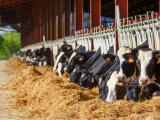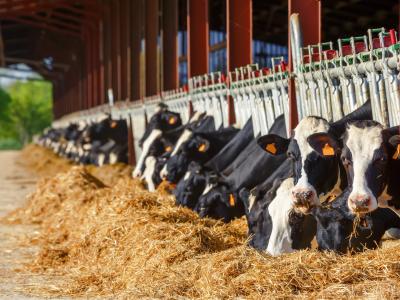Mar 6, 2013
Vietnam on high alert for H5N1
Recurrence of H5N1 avian flu outbreaks in five provinces of Vietnam has led officials there to call for strict control and prevention measures, according to Xinhua, China's state news agency, today. Vietnam's Animal Health Department, within the Ministry of Agriculture and Rural Development (MARD), says a reduction in birds' natural resistance to disease due to unfavorable weather conditions puts the area at high risk, according to the report. Provinces affected recently are northern Dien Bien, central Khanh Hoa, and southern Kien Giang, Hua Giang, and Tay Ninh, according to the story. More than 14,000 chickens and ducks in those regions have been culled. One of the affected areas, in Tay Ninh province, is only about 30 km from Cambodia, which has reported nine human H5N1 cases already this year. Vietnamese areas bordering Cambodia have been advised to stop transport of birds across the border. MARD had published updated information on new strains of bird flu that are being seen so localities can use appropriate vaccines, says a story today from Vietnam Breaking News. Vietnam has had 123 human cases of H5N1 flu in the past decade, about half of them fatal, according to World Health Organization (WHO) data.
Mar 6 Xinhua story
Mar 6 Vietnam Breaking News story
WHO monthly avian flu reports
Mar 1 CIDRAP News item on 2013 Cambodia cases
Study: Antibodies to avian flu common in Alaskan waterfowl
Although few of 4,485 Alaskan waterfowl tested positive for avian flu viruses, in 5 of 11 species more than 65% of birds tested positive for serum antibodies to avian flu, according to a study yesterday in PLoS One. Four of the species had seroprevalence rates from 80% to 95%. Scientists from the US Fisheries & Wildlife Service and the US Geological Survey took serum samples from six duck species, four species of geese, and tundra swans in diverse geographic locations in Alaska. They found that all of three eider species as well as emperor geese had seroprevelance levels above 80%, with the black scoter having a 69% rate. All five are seabirds. Of the 4,485 total samples, 1,968 (44%) were seropositive for avian flu. Among duck species, long-tailed ducks had the lowest seroprevalence (51%), followed by northern pintails (57%) and the black scoters, while the three species of eiders averaged 86%. Ducks outpaced geese 72% to 43%. Seroprevalence rates varied geographically and were higher in the Arctic and on the Alaska Peninsula. Swans, two geese species, and northern pintails were also stratified by age, with adult birds having a 7.7-times greater seroprevalence. The authors say their results imply that some waterfowl in Alaska may be protected against highly pathogenic avian flu and thus could spread the disease.
Mar 5 PLoS One study



















